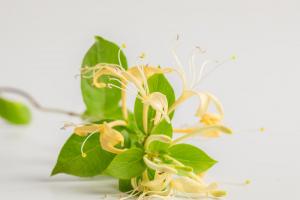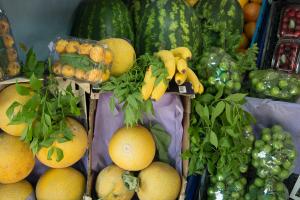What Does Planting an Apple Tree in Asia Entail?
When most people think of apple trees, they picture the quintessential orchards of the United States or Europe. However, apple trees can thrive in many parts of Asia as well. If you are considering planting an apple tree in Asia, there are a few key things to keep in mind.
Climate Requirements
One of the most important aspects of apple tree cultivation is ensuring that the climate is suitable for the tree's growth. While apple trees can grow in many regions in Asia, the best results are typically achieved in temperate zones with distinct seasons. These areas have a mild winter and a relatively cool summer, which allows the apple tree to thrive. In some parts of Asia, such as China and Japan, apple trees have been grown for centuries and have adapted to the local climate.
Choosing the Right Variety
Another key consideration when planting an apple tree in Asia is choosing the right variety. There are many different types of apples, each with its unique flavor and texture. Some apple varieties are better suited to warmer climates, while others thrive in cooler temperatures. Additionally, some apple trees are more resistant to pests and disease than others, making them a better choice for growers who are looking for a low-maintenance option.
Soil Quality
The quality of the soil is important for the growth and health of the apple tree. In general, apple trees prefer well-drained, slightly acidic soil. This means that the soil should be able to retain moisture, but also drain well enough to prevent waterlogging. In some parts of Asia, the soil may need to be amended with organic nutrients to ensure that it is suitable for apple tree cultivation.
Pest and Disease Management
Like any agricultural crop, apple trees are susceptible to a variety of pests and diseases. Some of the most common problems include aphids, spider mites, and fungal infections. To prevent these issues, growers should take a proactive approach to pest and disease management. This may involve using natural methods, such as introducing beneficial insects, or using commercial pesticides and fungicides.
Harvesting and Storage
Finally, when planting an apple tree in Asia, it is important to consider how to harvest and store the fruit. Apples should be harvested when they are ripe but still firm, and then stored in a cool, dry place to prevent spoilage. In some cases, growers may choose to use refrigeration or other storage methods to extend the shelf life of the fruit.
In conclusion, planting an apple tree in Asia can be a rewarding and profitable venture. By following these key considerations, growers can maximize the health and productivity of their trees and enjoy a bountiful harvest of delicious, fresh apples.

 how many times do yo...
how many times do yo... how many planted tre...
how many planted tre... how many pine trees ...
how many pine trees ... how many pecan trees...
how many pecan trees... how many plants comp...
how many plants comp... how many plants can ...
how many plants can ... how many plants and ...
how many plants and ... how many pepper plan...
how many pepper plan...

































